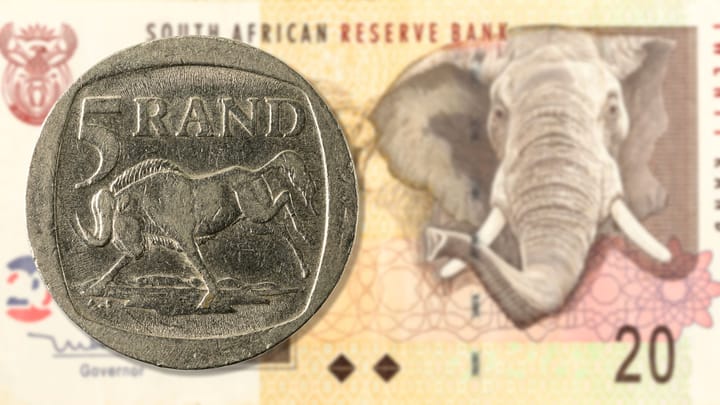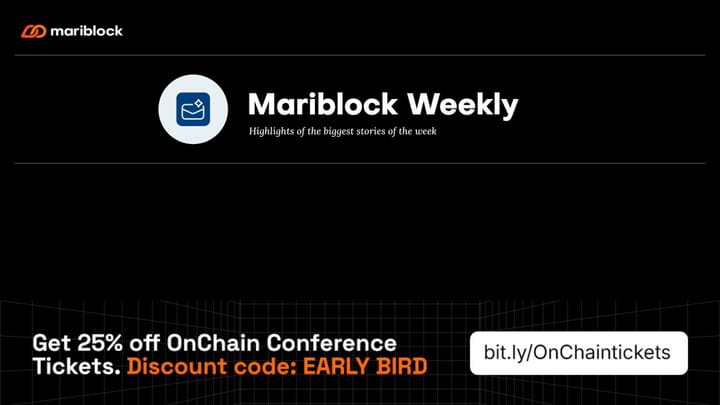Flutterwave CEO lays out the company’s stablecoin play — and why Polygon fits the plan
Olugbenga Agboola said rising demand from clients and suppliers already using stablecoins pushed Flutterwave to build payment flows that match how people are transacting today.

Co-founder and CEO of the African fintech unicorn Flutterwave, Olugbenga ‘GB’ Agboola, said the payments company launched the stablecoin payments product to offer as many payment options as possible to its users.
According to him, Flutterwave chose Polygon as its blockchain provider because it enables the fintech to start small and grow over time.
Quick recap
On October 30, Flutterwave announced it would use Polygon, an Ethereum layer-2 network, to let users send and receive stablecoins across borders.
- The product is not set for full rollout until next year, but a pilot program is expected to be completed by the end of the year.
- Flutterwave will use Polygon’s stablecoin rails to deliver fast, low-cost cross-border settlements for users in the 30+ African countries where it operates.
Dive in
Speaking on an X Space hosted by payment Fatu Ogwuche, Agboola said the move was designed to provide Flutterwave’s users with as many payment options as are available.
- He said joining the Circle Payment Network earlier in the year was a natural step toward fully supporting stablecoins on Flutterwave.
- According to him, some of Flutterwave’s business consumers transact with partners who want to pay in stablecoins, and the firm must “meet consumers where they are.”
- This is crucial, particularly because these settle near-instantly, unlike the slow settlement times of traditional systems.
Why Polygon?
Responding to rising demand for stablecoin payments, Flutterwave chose Polygon for its efficient deployment and scalability.
- Agboola said the Ethereum layer-2 network could even support a future native Flutterwave chain.
- Settlements will happen onchain in the backend, but the app experience stays the same. Flutterwave will hide blockchain jargon so users can transact easily without technical knowledge.
Key quotes
- Agboola said:
“Part of our goals as a company is [ensuring that] we meet consumers and businesses where they are ... if a supplier already has stablecoins as a [trusted] payment method, [Flutterwave] as a payment infrastructure has to make sure we are connected to the same payment system to allow our merchants [to] seamlessly pay their suppliers.”
- On the choice of Polygon as the blockchain network to pioneer Flutterwave’s stablecoin payments product, he said:
“We wanted to choose a blockchain that is extremely resilient and can be used to build for scale...we start small, we grow it quickly, we scale it and reiterate as we go along. Polygon checked all the boxes we were looking for.”
Zoom out
- This year has seen more traditional financial institutions explore ways to integrate blockchain features — particularly stablecoins — to deliver faster and more efficient services.
- Flutterwave joins Western Union, Mastercard, and Visa as large traditional finance payment platforms to have announced planned stablecoin product integrations in Africa this year.




